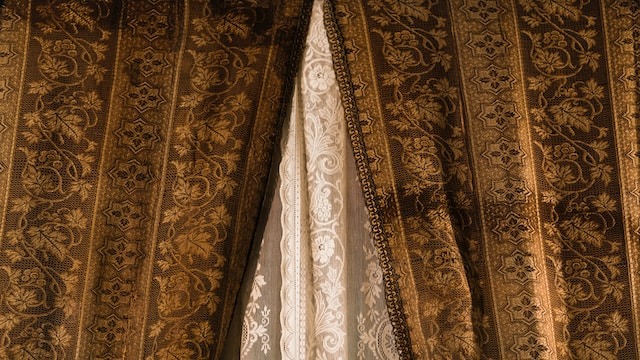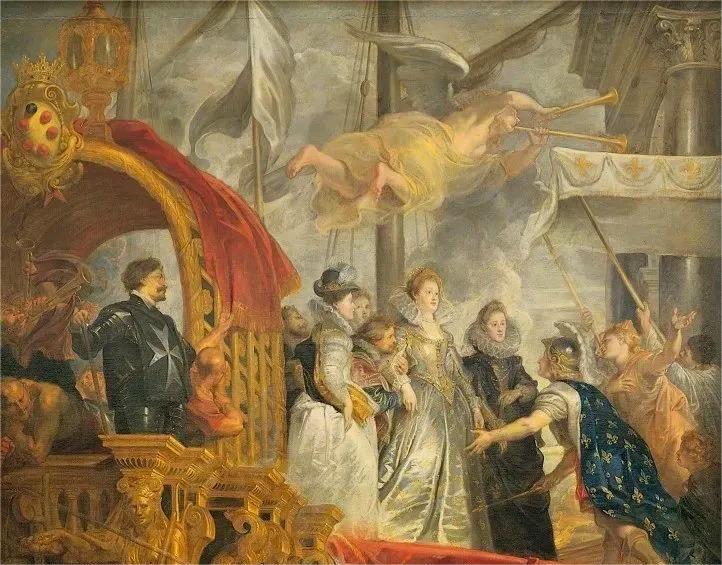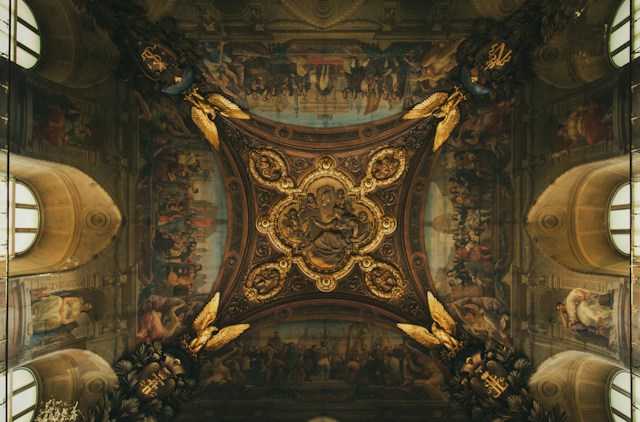Baroque art is a form of art that became popular in Europe in the late 16th century. The characteristics of Baroque art include the pursuit of passion and a sense of movement, emphasizing elaborate and ornate decoration.

Although “Baroque” originally referred to art that lacked classical balance, Baroque artists, like their Renaissance predecessors, also valued the overall unity of design and effect. The Baroque style, however, emphasized more on “movement and grandeur” and opposed “simple symmetrical arrangements.” At the same time, true Baroque art is not about excessive decoration or “artificiality.” In various situations, Baroque art requires areas of emptiness rather than being completely filled.

Characteristics of Baroque art include:
Opulence: Baroque art has a luxurious quality, combining religious themes with elements of hedonism.

Passion: It is an art form that exudes passion, breaking away from rational tranquility and harmony. It has a strong romanticism and emphasizes the artist’s imagination.

Movement: Baroque art strongly emphasizes movement and change, which can be considered the soul of Baroque art.

Spatial and Three-Dimensional Sensibility: Baroque art pays great attention to the sense of space and three-dimensionality in its works.

Synthesis: Baroque art emphasizes the integration of artistic forms, such as the integration of architecture, sculpture, and painting. Additionally, Baroque art incorporates elements and imaginations from fields such as literature, drama, and music.

Strong Religious Undertones: Baroque art is heavily influenced by religion, and religious themes dominate Baroque art.

Tendency to Escape from Reality: Many Baroque artists had a tendency to distance themselves from life and the contemporary era. For example, in some ceiling paintings, human figures become insignificant, resembling patterns.



